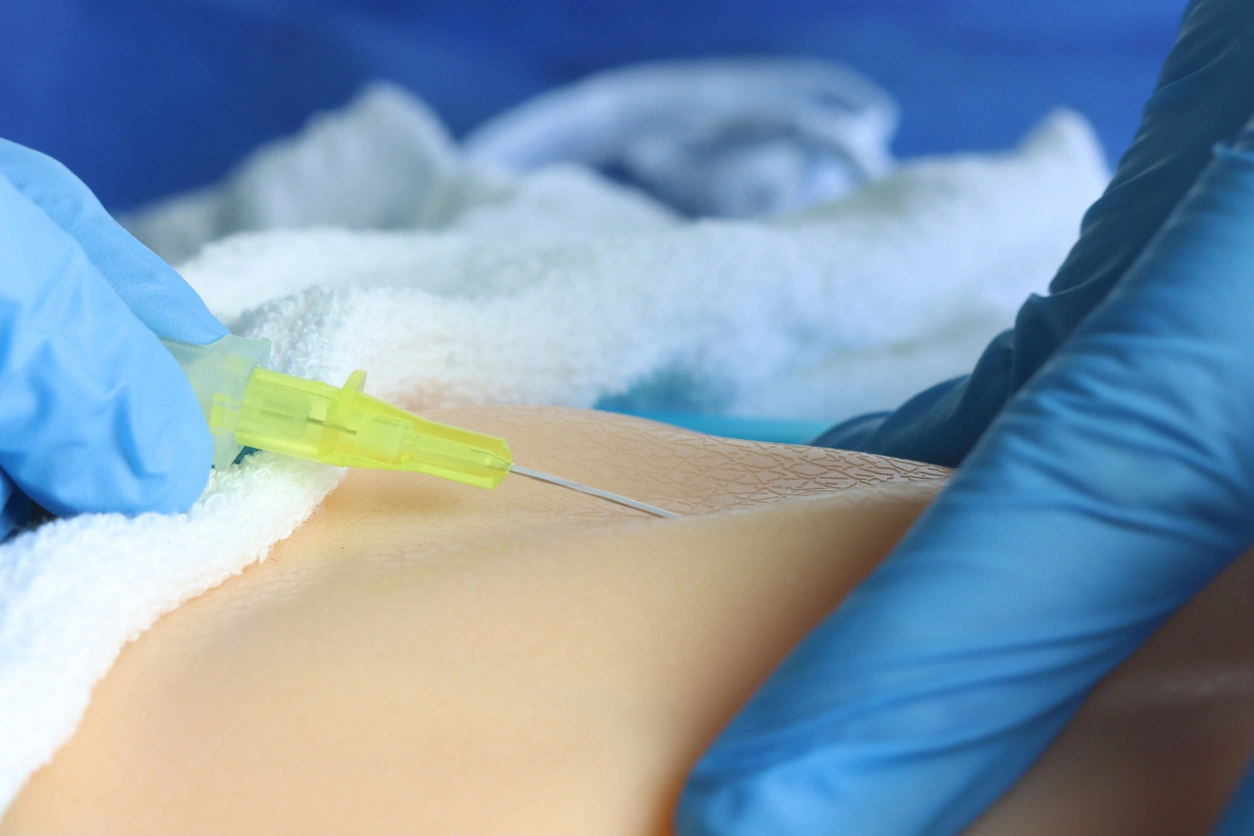
- Deutsch
- English
- 中文


This means that a decisive impulse prompts the body to regulate itself and return to a healing state. Neural therapy is a natural healing method with a very broad range of effects and hardly any side effects. In neural therapy, injections are administered at specific areas of the body using local anesthetics, most commonly procaine, which positively influence the autonomic nervous system and the body's regulatory circuits. The positive effects of using a local anesthetic like procaine are numerous, and its therapeutic application is highly versatile.
Applications include injections directly at the painful site for pain therapy, or “wheal therapy” over a segment, as part of segment therapy, which can also positively influence internal organs through the viscerocutaneous reflex.
A special feature of neural therapy is the interference field therapy, which assumes that an interference field (e.g., scars or teeth) can cause or maintain a chronic illness, and that treating the interference field can have a remote effect on the chronic condition.
Interference fields often result from inflammations, irritations, or tissue disturbances that encode false information in the system, thereby blocking the body's ability to regulate.
In 1925, Ferdinand Huneke observed the first “lightning reaction,” which can occur during the treatment of interference fields. That is, after an injection of procaine at a suspected interference field, the patient’s pain disappears immediately. This phenomenon is reproducible. As a modern regulatory method, neural therapy influences all regulatory systems of the organism — neurological, hormonal, muscular, circulatory, and lymphatic. Thanks to its relaxing, anti-inflammatory, circulation-enhancing, and blockage-releasing effects, it sustainably initiates healing processes.
Neural therapy can be used for both acute and chronic conditions.
Dr. med. Peter Schleicher